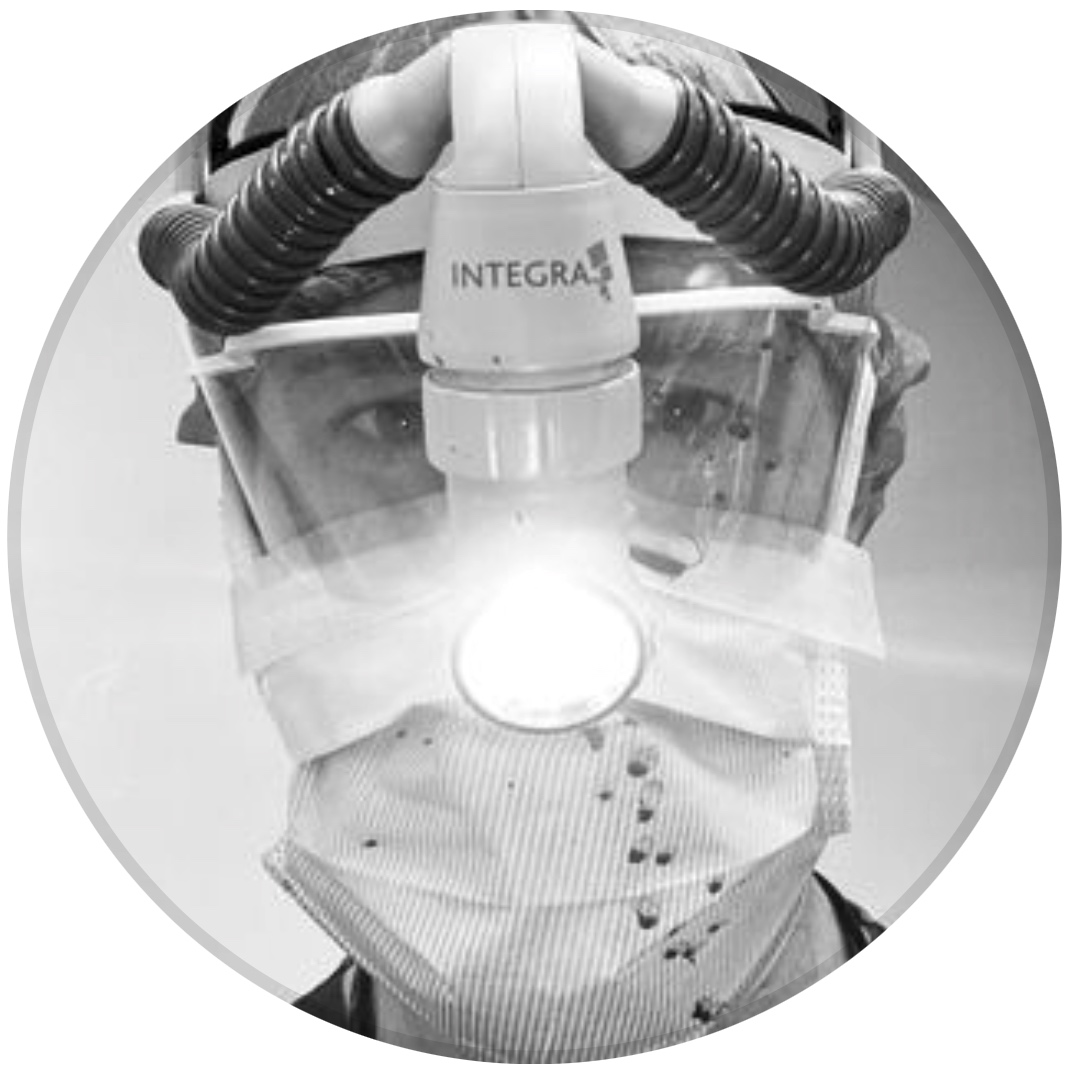High-energy segmental distal tibia and fibula fracture in a pediatric patient.
Score and Comment on this Case
Clinical Details
Clinical and radiological findings: A 12-year-old male, measuring 6 feet and weighing 150 pounds, was involved in a high-energy bicycle versus car collision. The patient sustained closed segmental fractures of the distal tibia and fibula. Initial imaging was not available due to the patient's critical condition, necessitating immediate splinting of the extremity. Subsequent evaluation revealed significant plastic deformation of the fibula and valgus malalignment of the tibia.
Preoperative Plan
Planning remarks: The preoperative plan involved an anterolateral approach to the tibia with the potential for open reduction and internal fixation (ORIF) using plating techniques. Given the valgus deformity and plastic deformation of the fibula, initial attempts at closed reduction were unsuccessful, prompting the decision for open reduction.
Surgical Discussion
Patient positioning: The patient was positioned supine on the operating table with a radiolucent table to facilitate intraoperative imaging and access to the anterolateral aspect of the lower leg.
Anatomical surgical approach: A longitudinal anterolateral incision was made over the distal tibia. Subperiosteal dissection was performed to expose the fracture site. The fibula was addressed first to correct its plastic deformation, which subsequently aided in realigning the tibial fracture. An anterolateral plate was applied to stabilize the tibia after achieving satisfactory reduction.
Operative remarks:The surgeon noted that addressing the fibular plastic deformation was crucial in achieving proper alignment of the tibial fracture. The initial plan to avoid fibular intervention was reconsidered due to its significant impact on tibial alignment. The case highlighted the importance of understanding pediatric bone mechanics, particularly the role of plastic deformation and its influence on fracture management.
Postoperative protocol: Postoperative rehabilitation included immobilization in a cast with non-weight bearing for 6 weeks, followed by gradual weight-bearing as tolerated. Physical therapy was initiated to restore range of motion and strength.
Follow up: Not specified.
Orthopaedic implants used: Anterolateral tibial plate, screws for fixation.
Search for Related Literature

orthopaedic_trauma
- United States , Seattle
- Area of Specialty - General Trauma
- Position - Specialist Consultant

Industry Sponsership
contact us for advertising opportunities


. Bike v car. High energy. Closed injuries. Other stuff_ but now clear for treatment. No injury films bc in extrem_2.jpg)
. Bike v car. High energy. Closed injuries. Other stuff_ but now clear for treatment. No injury films bc in extrem_1.jpg)








Article viewed 124 times
13 Jul 2025
Add to Bookmarks
Full Citation
Cite this article:
Surname, Initial. (2025). High-energy segmental distal tibia and fibula fracture in a pediatric patient.. Journal of Orthopaedic Surgery and Traumatology. Case Report 27567235 Published Online Jul 13 2025.